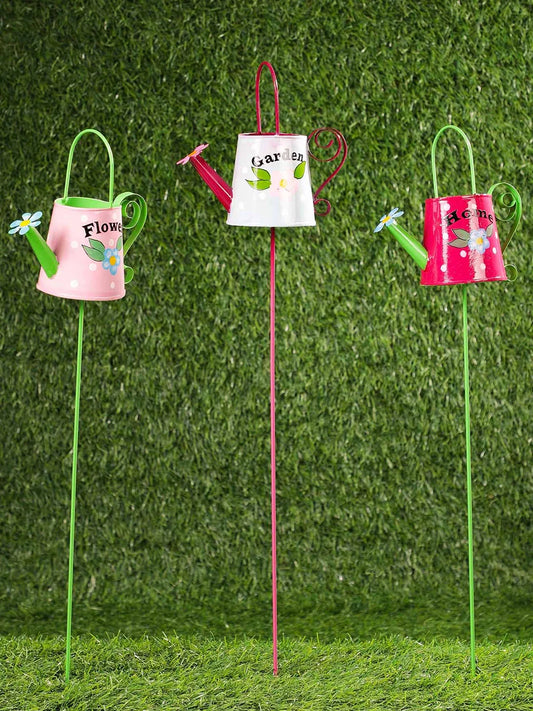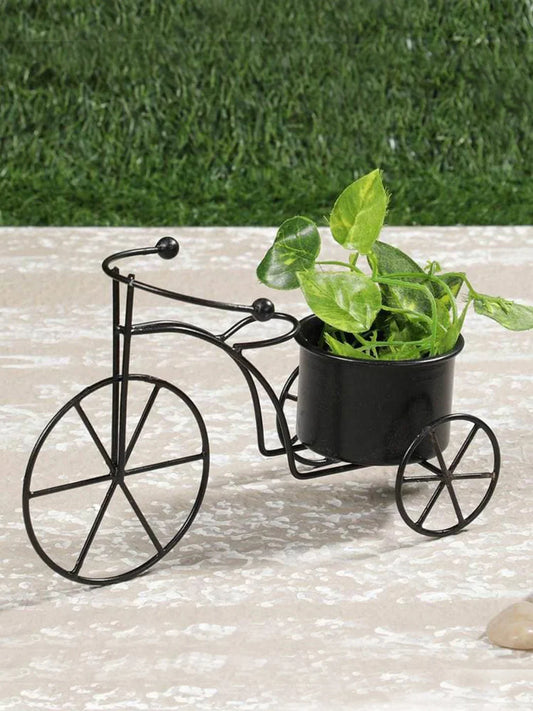I. The Role of Gardening in Modern Living
Gardening has evolved beyond a mere pastime into a lifestyle choice that combines sustainability, wellness, and aesthetics. Whether nurturing a small balcony garden or cultivating a sprawling backyard, gardening enhances mental well-being, promotes environmental health, and adds a touch of nature to our living spaces.
II. Benefits of Gardening in Daily Life
Mental Wellness: Gardening offers a therapeutic escape from the stresses of daily life. Tending plants reduces anxiety, enhances mood, and provides a sense of accomplishment. Studies show that spending even 30 minutes in a garden can lower cortisol levels, the hormone responsible for stress.
Physical Health: Gardening involves activities like digging, planting, and weeding, which are excellent forms of physical exercise. These activities improve flexibility, strength, and cardiovascular health while burning calories.
Environmental Benefits: Home gardens contribute to ecological balance by reducing carbon footprints and supporting biodiversity. They provide a habitat for pollinators like bees and butterflies, purify the air, and mitigate urban heat islands.
Aesthetic Appeal: A well-maintained garden enhances the visual appeal of your property. The vibrant colors of flowers, lush greenery, and harmonious arrangements can transform any space into a serene oasis.
III. Types of Gardens
Indoor Gardens: Ideal for urban dwellers, indoor gardens incorporate plants like succulents, ferns, and pothos to purify the air and create a calming atmosphere. Vertical gardens and hanging planters are popular for maximizing space.
Outdoor Gardens: Backyard or front yard gardens allow for diverse planting options, including flowers, vegetables, and ornamental trees. They can be designed as formal gardens with symmetrical layouts or informal ones with a natural, flowing aesthetic.
Container Gardens: Container gardening is a versatile option for those with limited space. Planters, pots, and raised beds are perfect for growing herbs, vegetables, or flowers on balconies and patios.
Kitchen Gardens: Kitchen gardens focus on growing edible plants, including vegetables, herbs, and fruits. They provide fresh, organic produce and reduce dependency on store-bought items.
IV. Nature’s Essentials: Gardening Products for Every Green Enthusiast
Planter Stands: Elevate Your Greenery Naturally
Planter stands are the perfect way to add height and elegance to your plants, transforming them into eye-catching displays. Crafted from materials like wood, bamboo, or metal, they blend seamlessly into any décor. By raising your plants, these stands save floor space, provide better light exposure, and create a more dynamic, layered garden look.
Railing Planters: Beautify Your Balcony
Railing planters are ideal for compact spaces like balconies, turning them into lush, vibrant havens. These planters maximize space by utilizing railings for colorful blooms, leafy greens, or fresh herbs. With a variety of materials and designs available, they bring a natural charm to small outdoor areas, making your balcony a personal slice of nature.
Watering Cans: A Gardener’s Best Friend
Watering cans are essential tools that bring life to your garden. Designed for easy and efficient plant care, they come in functional yet stylish options made from metal, plastic, or ceramic. Whether you're tending to indoor plants or a sprawling outdoor garden, a well-chosen watering can enhance the joy of nurturing greenery.
V. Key Elements of a Successful Garden
Soil Quality: Healthy soil is the foundation of a thriving garden. Test soil pH and nutrient levels to ensure optimal growth conditions. Adding organic compost or fertilizers enriches the soil, enhancing plant health.
Proper Lighting: It is crucial to understand your plants' light requirements. Some thrive in full sunlight, while others prefer shaded areas. Position your garden accordingly to meet these needs.
Irrigation System: An efficient watering system ensures plants receive adequate moisture without overwatering. Drip irrigation and self-watering pots are great options for maintaining consistent hydration.
Plant Selection: Choose plants suited to your local climate, soil type, and available space. Native species are often easier to maintain and more resilient to local pests and diseases.
VI. Popular Gardening Styles
Minimalist Gardening: This style focuses on clean lines and simplicity, using a limited number of plant varieties and neutral colors to create a serene space.
Cottage Gardening: A cottage garden is characterized by a mix of flowering plants, herbs, and shrubs. It’s designed to look natural and slightly overgrown, evoking a romantic charm.
Vertical Gardening: Ideal for small spaces, vertical gardening involves growing plants on walls, trellises, or shelves. This style is perfect for herbs, ferns, and decorative vines.
Zen Gardening: Zen gardens emphasize tranquility with elements like rocks, sand, and neatly pruned plants. They are often designed with meditative paths and water features.
VII. How to Start a Garden: Step-by-Step Guide
Plan Your Space: Assess your available space and determine the type of garden you want. Consider factors like sunlight, soil type, and water accessibility.
Choose Your Plants: Select plants based on your gardening goals, whether it's for aesthetic appeal, food production, or environmental benefits. Group plants with similar water and light needs together.
Prepare the Soil: Remove weeds and rocks, then enrich the soil with organic compost or fertilizers. Ensure proper drainage to prevent waterlogging.
Plant and Arrange: Follow planting guidelines for spacing and depth. Arrange plants by height and growth habits to create a balanced and visually appealing layout.
Water and Mulch: Water plants regularly, especially during the initial growth phase. Apply a layer of mulch to retain soil moisture and suppress weeds.
Maintain and Monitor: Regularly prune and fertilize your garden. Keep an eye out for pests and diseases, using organic or chemical treatments as needed.
VIII. Incorporating Gardening into Everyday Life
Family Bonding: Gardening is a great activity for spending quality time with family. Involve children in planting and caring for plants to teach them about nature and responsibility.
Relaxation Spot: Transform your garden into a relaxation spot by adding comfortable seating, lighting, and decorative elements. It can be a perfect place for yoga, meditation, or reading.
Sustainable Living: Use your garden to grow vegetables, herbs, and fruits, reducing reliance on store-bought produce—and compost kitchen waste to create nutrient-rich soil amendments.
Community Engagement: Participate in community gardening initiatives to share knowledge, resources, and produce with neighbors while fostering social connections.
IX. Challenges and Solutions in Gardening
Limited Space: Solution: Opt for vertical gardens, hanging planters, or compact plant varieties suited for small areas.
Pest Infestation: Solution: Use organic pesticides, introduce natural predators, or plant pest-repellent species like marigolds and garlic.
Harsh Weather: Solution: Protect plants with shade nets, windbreaks, or greenhouses during extreme weather conditions.
Time Constraints: Solution: Choose low-maintenance plants and install automated watering systems to save time.
X. Conclusion
Gardening is more than just a hobby—it’s a way to reconnect with nature, improve mental and physical well-being, and contribute to a sustainable environment. Whether you’re an experienced gardener or a beginner, incorporating gardening into your lifestyle can bring immense joy and fulfillment. Start small, stay consistent, and watch your garden grow into a beautiful and rewarding haven.

















